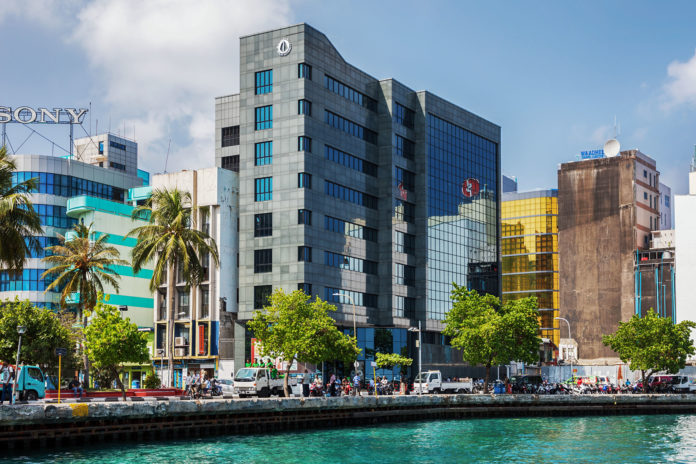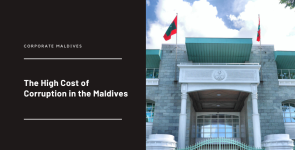
By: Shifneen Rasheed & Daha Shuaib
The public sector of the Maldives, especially the central government, plays a major role in propelling the country towards development. However, the government finances of the country was recently a key topic of concern among domestic and international financial advisory bodies. With expenditures persistently above the revenues earned, the government debt piled up every year reaching levels above 70% of GDP by 2015.
The recent release of the public finance statistics for 2016 however, reveals a rosier picture. With the determination to reduce wasteful expenditures, the government managed to cut recurrent spending by 8% (MVR1.4 billion) when compared to the previous year. This was achieved by reducing spending on subsidies, which weighed heavily on the government budget over the past years; the universal electricity subsidies were abolished during March 2016, while food subsidies were targeted towards the indigents starting October 2016.
The government’s commitment towards developing the country’s infrastructure was evident from the statistics for the year. A remarkable annual growth of 52% (MVR2.4 billion) for capital expenditure was recorded during 2016, totaling MVR7.1 billion at the end of the year. A significant 82% of this amount was spent on Public Sector Investment Program (PSIP), which included Male’ redevelopment projects; namely, Male’ road re-development, development of Male’ industrial village and construction of parks. However, the main highlight of the year was the commencement of work on China-Maldives Friendship Bridge and airport expansion.
The revenue side also showed positive developments in annual terms with total revenue and grants recording agrowth of 5% (MVR0.8 billion), reaching MVR18.2 billion by the end of the year. This was due to a surge in receipts from green tax. The tax was first introduced in November 2015 for tourists staying in resorts, hotels and vessels, although the tax was also imposed on guesthouses later, during October 2016. Furthermore, at the beginning of October 2016, the government introduced a remittance tax on money sent abroad which also boosted revenues for the year. However, it is to be noted that the government missed its revenue target for the year by MVR4.6 billion in 2016, as a large portion of new revenue measures for the year were not realized.
The gap between government revenue and expenditure was financed by an amount totaling MVR4.3 billion raised from both domestic and external sources. However, the government relied heavily on domestic sources to finance its debt, especially through the sale of treasury bills and bonds to commercial banks, pension funds and other private participants. In this regard, the outstanding amount of treasury bills and bonds at the end of December 2016 amounted to MVR23.2 billion, which is an annual increase of 16%.
Meanwhile, the government’s strategy for the year 2017 includes obtaining a larger portion of financing through foreign sources and attracting more foreign investments. An important step that could facilitate such investments was taken during September 2016 when the country was given a credit rating for the first time by Moody’s Investors Service. Maldives was given a local and foreign currency issuer rating of B2 with a stable investment outlook. The rating is to be reviewed every year and the government aims to improve the rating in future.












